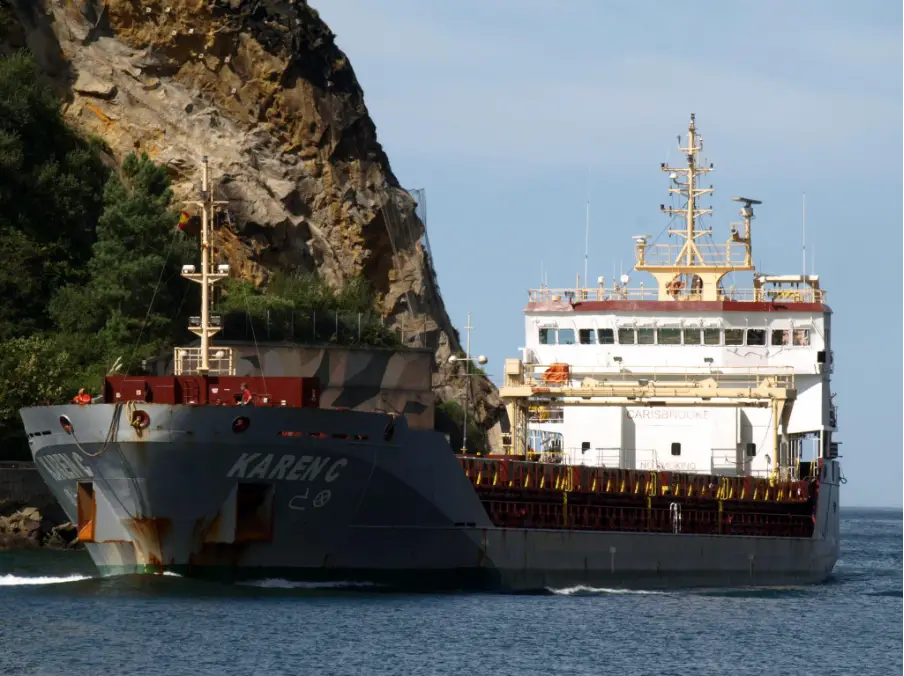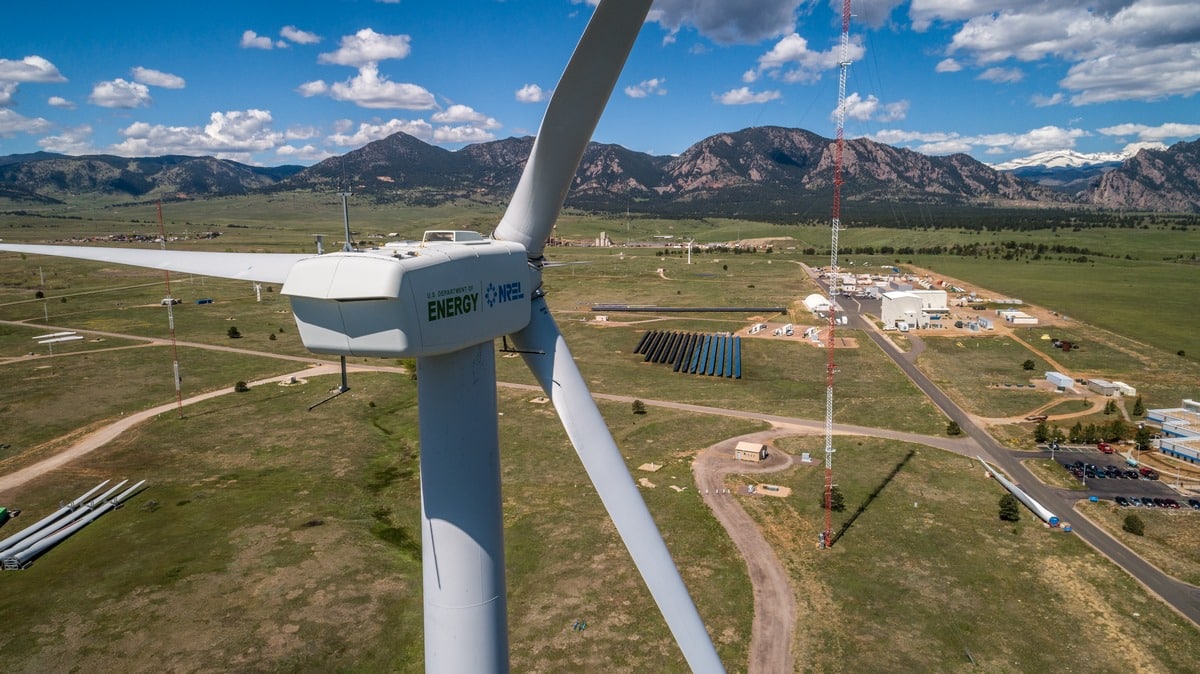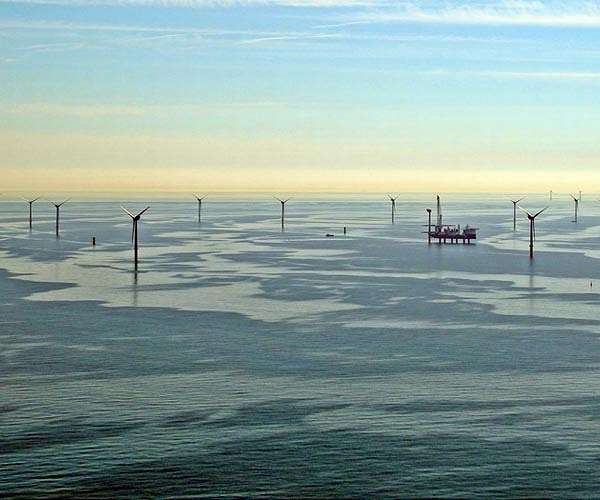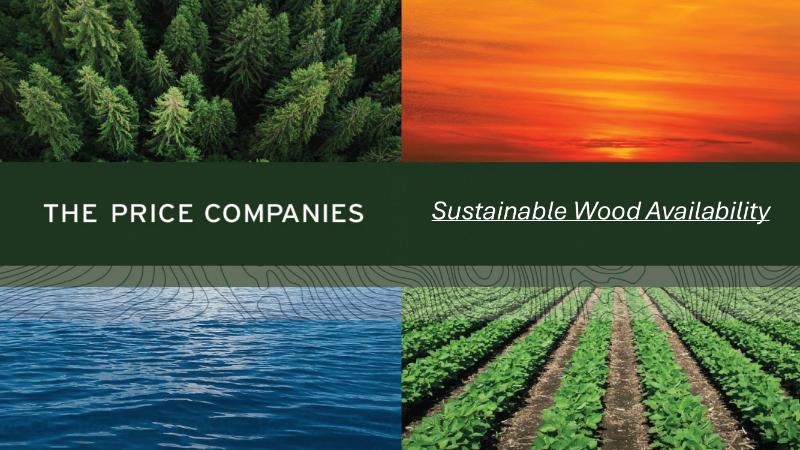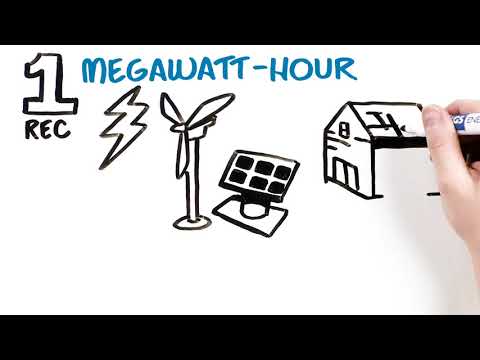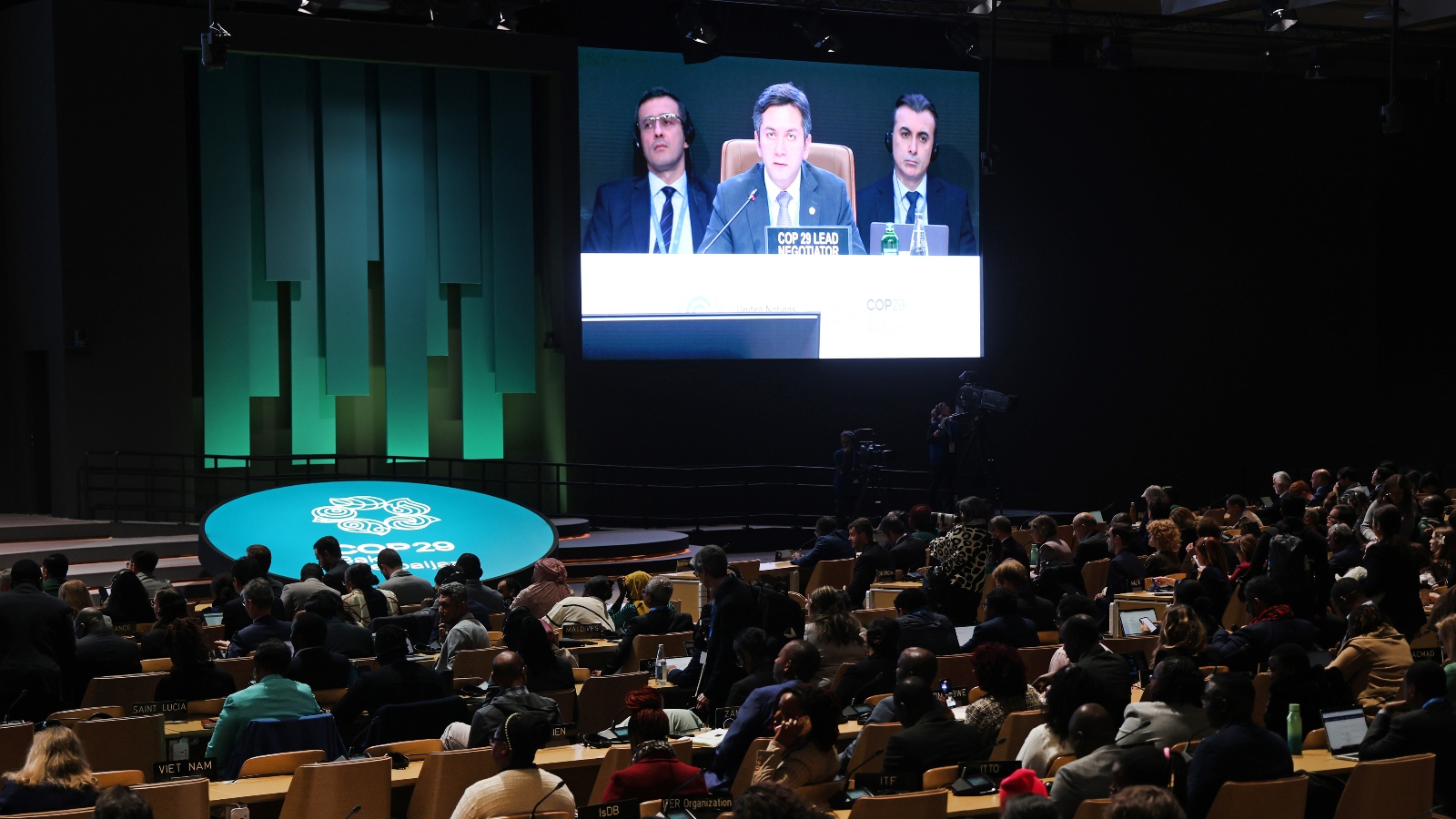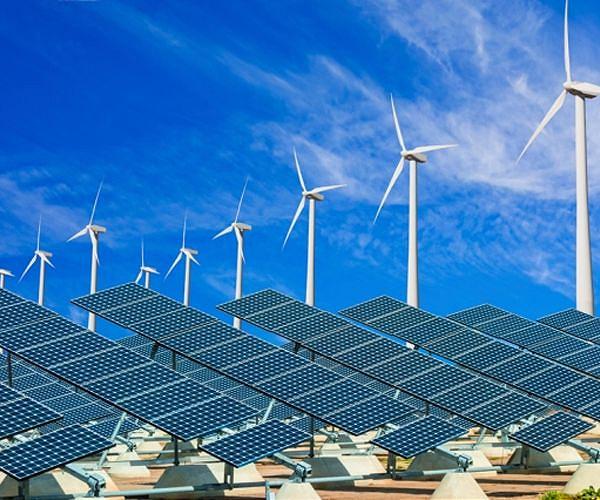
Auditors consider targets to be unclear and unrealistic
The EU has set itself overly ambitious targets in its hydrogen strategy for 2030. This was the conclusion made by the auditors of the ECA in a special report published July 2024. They are now calling for an adaption of the strategy and better controlling.
In the summer, the European Court of Auditors (ECA) presented a special report entitled “The EU’s industrial policy on renewable hydrogen.” On the 106 pages, including appendix, the auditors examine the European Commission’s plans, legislation and measures to date. One of the issues here is the lack of consistency. The auditors already criticize many ambiguities and contradictions in the definition of the objectives of the EU plans: The EU hydrogen strategy, for example, mentions 40 GW of installed electrolysis capacity by 2030, with which 4.4 megatonnes of hydrogen is to be produced. According to a working document of the REPowerEU Plan, this electrolysis power is to rather supply 6.6 megatonnes of hydrogen. With the production target of 10 Mt for the year 2030 neither value matches.
The auditors also cite a number of demand estimates for the year 2030. Basing on EU regulations, these would amount to between 3.8 and 10.5 Mt. Most, however, lie significantly under 10 Mt. For a majority of the 20 Mt envisaged in the REPowerEU Plan – 10 Mt from Europe, 10 Mt imported – there are therefore no customers.
Also the derivation of the objectives stands on too weak legs for the auditors: For the 40 GW target, they essentially see a paper by the industry association Hydrogen Europe as the source. The production target set in the first EU hydrogen strategy of 10 Mt is mainly derived from the demand for fossil hydrogen in 2020.
In the market, the uncertainty is mainly in the form of the well-known chicken-and-egg problem: No industrial company will bank on hydrogen if it is not safely available, and nobody wants to invest in expensive infrastructure before customers are ready. “A vicious circle,” deduced the ECA in its press release. Necessary would be state-supported investments. But how expensive the switch to hydrogen could be and how much public money is available for it the EU Commission also does not have a complete overview, according to the auditors. Even the available EU funding for the development of the hydrogen economy could only be estimated, because they are scattered across several programs. To 18.8 million euros for the period 2021 to 2027 came the auditors.
Not everyone is pulling in the same direction
That the member states have different ambitions that do not always coincide with those of the EU does not make it any easier. The ECA has identified four countries in which currently almost 80 percent of the electrolyzer capacity is to be installed: Germany, Spain, France and the Netherlands. There, the proportion of difficult to decarbonize industrial sectors is high and the hydrogen projects are comparatively advanced. At the same time, a large proportion of EU funding goes to these countries.
That the hydrogen potential of the entire EU will be exhausted for it there is no guarantee – nor that this hydrogen will then reach the countries with high industrial demand. Only a few of the possible export countries have already submitted plans for this. A concrete import strategy (see p. 7) is only given for Germany.
However, the auditors also attest that the European Commission has taken many right steps. In particular, it has created an almost complete legal framework within a short space of time. It has thus provided the legal certainty that is necessary for the new market. In addition, it has also done everything in its power to expedite approvals.
“Which industries does the EU want to keep?”
The ECA is providing the EU with a series of recommendations to be implemented by the end of 2025. Already the first packs a punch: After a “reality check,” the Commission should “make strategic choices…. without creating new strategic dependencies.” The power of this statement the auditors conceal within parentheses in a subitem: “Which industries does the EU want to keep and at what price?” The following must be taken into account: EU funding is limited and the Commission must decide in which parts of the value chain it will have the greatest impact. “The EU should decide on the strategic path to carbon neutrality without compromising the competitive situation of its key industries or creating new strategic dependencies,” says Stef Blok, the ECA member responsible for the audit. That there is no perfect way to do this and it is not about avoiding imports per se is clear from the wording in the German press release. You have to consciously make geopolitical trade-offs, specified Blok. To avoid are “very large dependencies for basic products.”
The other recommendations are much more technical: The Commission should define and monitor a roadmap, gain an overview of the national financing, give the member states momentum in project approval and coordinate better with industry.

Stef Blok is a member of the European Court of Auditors and was responsible for the audit as part of the special report.
References:
Special report: https://www.eca.europa.eu/ECAPublications/SR-2024-11/SR-2024-11_EN.pdf


